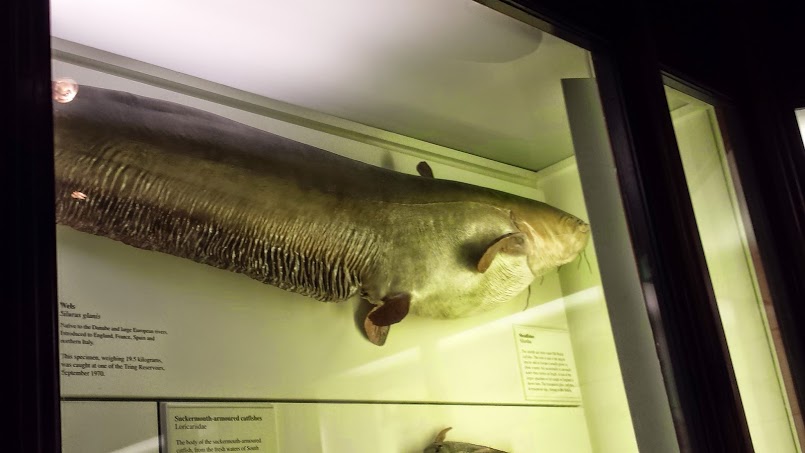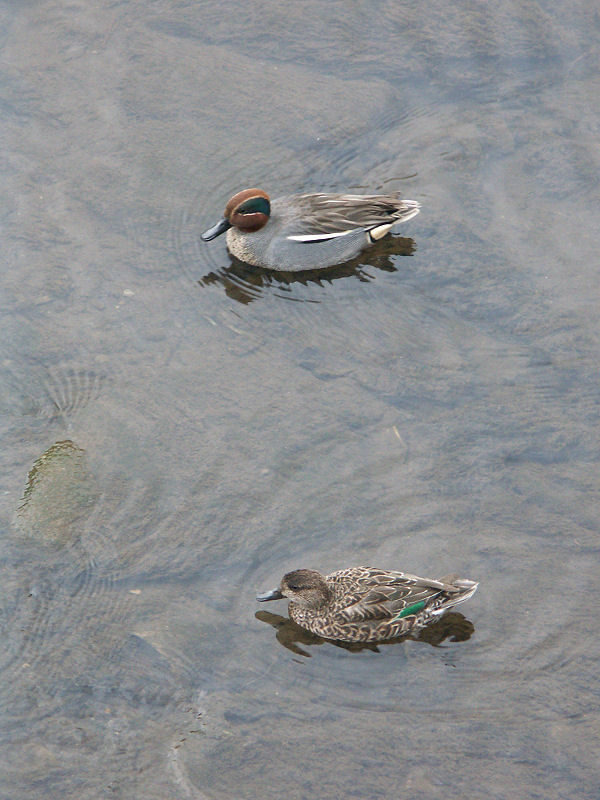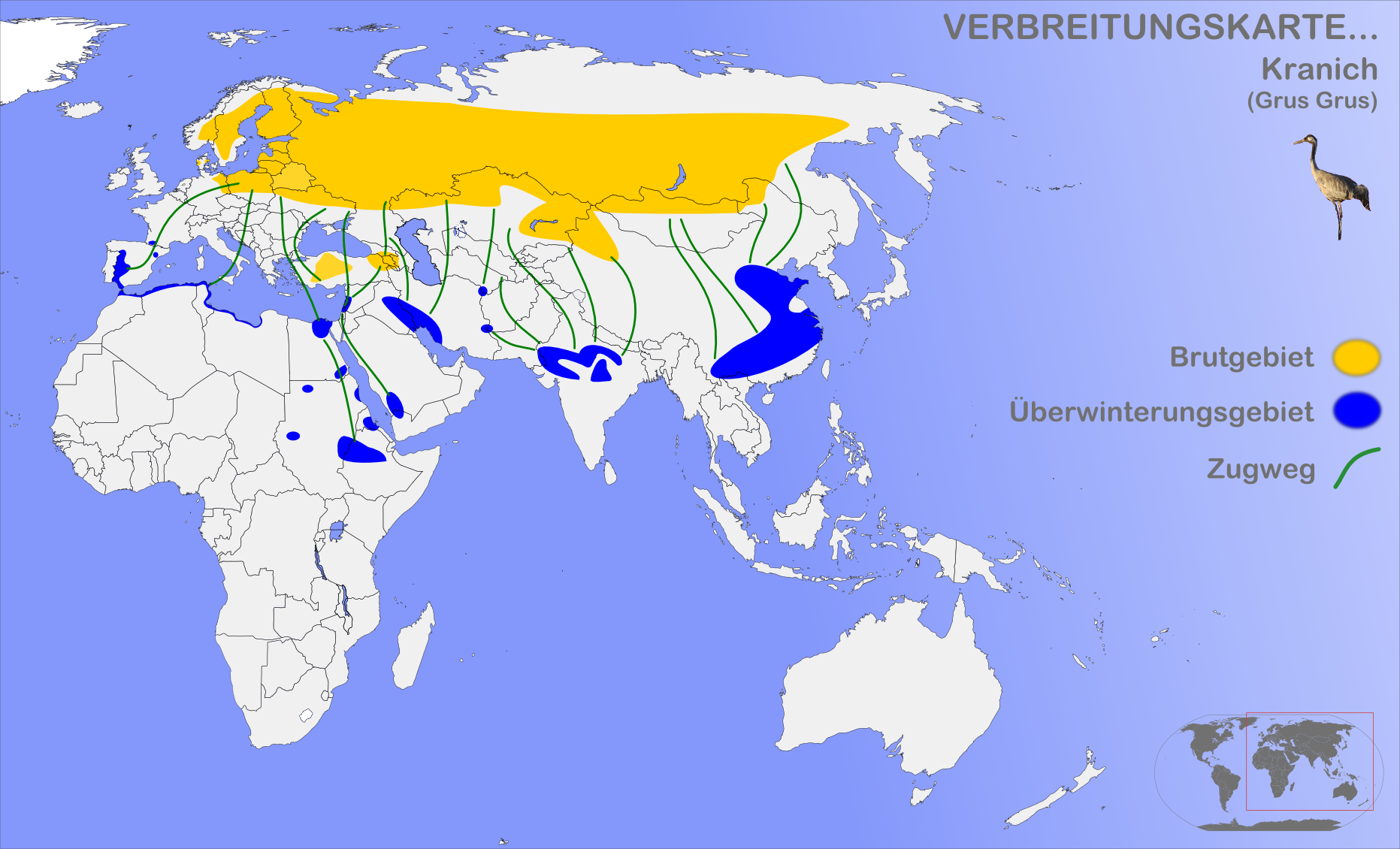|
Tring Reservoirs
Tring Reservoirs is a group of four reservoirs close to Tring on the border of Hertfordshire and Buckinghamshire, England. Their purpose is to feed the Grand Union Canal. The four reservoirs are: Startops End, Marsworth, Tringford and Wilstone. The first three reservoirs adjoin each other, separated only by paths and roads; the fourth, Wilstone Reservoir, is a short distance to the west, close to the village of Wilstone. The reservoirs are a biological Site of Special Scientific Interest managed by the Herts and Middlesex Wildlife Trust. History Wilstone Reservoir is the largest of the quartet at . Built in 1802, it is up to deep and has a capacity of . Wilstone reservoir supplies water to the Wendover arm of the Grand Union Canal. Startops End Reservoir, built in 1817, is much smaller at ; Marsworth Reservoir, built in 1806, is ; and the smallest, Tringford Reservoir, was built in 1816. Bats Tring reservoirs are home to a large population because of the abundance of inse ... [...More Info...] [...Related Items...] OR: [Wikipedia] [Google] [Baidu] |
Hertfordshire
Hertfordshire ( or ; often abbreviated Herts) is one of the home counties in southern England. It borders Bedfordshire and Cambridgeshire to the north, Essex to the east, Greater London to the south, and Buckinghamshire to the west. For government statistical purposes, it forms part of the East of England region. Hertfordshire covers . It derives its name – via the name of the county town of Hertford – from a hart (stag) and a ford, as represented on the county's coat of arms and on the flag. Hertfordshire County Council is based in Hertford, once the main market town and the current county town. The largest settlement is Watford. Since 1903 Letchworth has served as the prototype garden city; Stevenage became the first town to expand under post-war Britain's New Towns Act of 1946. In 2013 Hertfordshire had a population of about 1,140,700, with Hemel Hempstead, Stevenage, Watford and St Albans (the county's only ''city'') each having between 50,000 and 100,000 r ... [...More Info...] [...Related Items...] OR: [Wikipedia] [Google] [Baidu] |
Blackcap
The Eurasian blackcap (''Sylvia atricapilla''), usually known simply as the blackcap, is a common and widespread typical warbler. It has mainly olive-grey upperparts and pale grey underparts, and differences between the five subspecies are small. Both sexes have a neat coloured cap to the head, black in the male and reddish-brown in the female. The male's typical song is a rich musical warbling, often ending in a loud high-pitched crescendo, but a simpler song is given in some isolated areas, such as valleys in the Alps. The blackcap's closest relative is the garden warbler, which looks quite different but has a similar song. The blackcap breeds in much of Europe, western Asia and northwestern Africa, and its preferred habitat is mature deciduous woodland. The male holds a territory when breeding, which is defended against garden warblers as well as other blackcaps. The nest is a neat cup, built low in brambles or scrub, and the clutch is typically 4–6 mainly buff eggs, which ... [...More Info...] [...Related Items...] OR: [Wikipedia] [Google] [Baidu] |
Common Teal
The Eurasian teal (''Anas crecca''), common teal, or Eurasian green-winged teal is a common and widespread duck that breeds in temperate Eurosiberia and migrates south in winter. The Eurasian teal is often called simply the teal due to being the only one of these small dabbling ducks in much of its range. The bird gives its name to the blue-green colour teal. It is a highly gregarious duck outside the breeding season and can form large flocks. It is commonly found in sheltered wetlands and feeds on seeds and aquatic invertebrates. The North American green-winged teal (''A. carolinensis'') was formerly (and sometimes is still) considered a subspecies of ''A. crecca''. Taxonomy The Eurasian teal belongs to the "true" teals, a group of small ''Anas'' dabbling ducks closely related to the mallard (''A. platyrhynchos'') and its relatives; that latter group in fact seems to have evolved from a true teal. It forms a superspecies with the green-winged teal and the speckled ... [...More Info...] [...Related Items...] OR: [Wikipedia] [Google] [Baidu] |
Common Snipe
The common snipe (''Gallinago gallinago'') is a small, stocky wader native to the Old World. The breeding habitats are marshes, bogs, tundra and wet meadows throughout the Palearctic. In the north, the distribution limit extends from Iceland over the north of the British Isles and northern Fennoscandia, where it occurs at around 70°N, as well as through European Russia and Siberia. Here it is mostly on the northern edge of the Taiga zone at 71°N, but reaches 74°N on the east coast of the Taymyr Peninsula. In the east it extends to Anadyr, Kamchatka, Bering Island and the Kuril Islands, The southern boundary of the distribution area in Europe runs through northern Portugal, central France, northern Italy, Bulgaria, and Ukraine, with populations in the west being only very scattered. In Asia, the distribution extends south to northern Turkestan, locally to Afghanistan and the Middle East, through the Altai and further to Manchuria and Ussuri. It is migratory, with Europea ... [...More Info...] [...Related Items...] OR: [Wikipedia] [Google] [Baidu] |
Common Scoter
The common scoter (''Melanitta nigra'') is a large sea duck, in length, which breeds over the far north of Europe and the Palearctic east to the Olenyok River. The genus name is derived from Ancient Greek ''melas'', "black", and ''netta'', "duck". The species name is from Latin ''niger'' "shining black". The black scoter (''M. americana'') of North America and eastern Siberia is sometimes considered a subspecies of ''M. nigra''. Description It is characterised by its bulky shape and large bill. The male is all black with a bulbous bill which shows some yellow coloration around the nostrils. The female is a brown bird with pale cheeks, very similar to female black scoter. This species can be distinguished from other scoters, apart from black scoter, by the lack of white anywhere on the drake and the more extensive pale areas on the female. Vocalisations Black scoter and common scoter have diagnosably distinct vocalisations. Ecology It winters farther south in temperate zones, ... [...More Info...] [...Related Items...] OR: [Wikipedia] [Google] [Baidu] |
Common Sandpiper
The common sandpiper (''Actitis hypoleucos'') is a small Palearctic wader. This bird and its American sister species, the spotted sandpiper (''A. macularia''), make up the genus ''Actitis''. They are parapatric and replace each other geographically; stray birds of either species may settle down with breeders of the other and hybridize. Hybridization has also been reported between the common sandpiper and the green sandpiper, a basal species of the closely related shank genus ''Tringa''. Taxonomy The common sandpiper was formally described by the Swedish naturalist Carl Linnaeus in 1758 in the tenth edition of his '' Systema Naturae'' under the binomial name ''Tringa hypoleucos''. The species is now placed together with the spotted sandpiper in the genus ''Actitis'' that was introduced in 1811 by the German zoologist Johann Karl Wilhelm Illiger. The genus name ''Actitis'' is from Ancient Greek ''aktites'' meaning "coast-dweller" from ''akte'' meaning "coast". The specific ... [...More Info...] [...Related Items...] OR: [Wikipedia] [Google] [Baidu] |
Common Crane
The common crane (''Grus grus''), also known as the Eurasian crane, is a bird of the family Gruidae, the cranes. A medium-sized species, it is the only crane commonly found in Europe besides the demoiselle crane (''Grus virgo'') and the Siberian crane (''Leucogeranus leucogeranus''). Along with the sandhill (''Antigone canadensis'') and demoiselle cranes and the brolga (''Antigone rubicunda''), it is one of only four crane species not currently classified as threatened with extinction or conservation dependent on the species level. Despite the species' large numbers, local extinctions and extirpations have taken place in part of its range, and an ongoing reintroduction project is underway in the United Kingdom. Taxonomy The first formal description of the common crane was by the Swedish naturalist Carl Linnaeus in 1758 in the tenth edition of his ''Systema Naturae'' under the binomial name ''Ardea grus''. The current genus ''Grus'' was erected by the French zoologist Mathuri ... [...More Info...] [...Related Items...] OR: [Wikipedia] [Google] [Baidu] |
Corn Bunting
The corn bunting (''Emberiza calandra'') is a passerine bird in the bunting family Emberizidae, a group now separated by most modern authors from the finches, Fringillidae. This is a large bunting with heavily streaked buff-brown plumage. The sexes are similar but the male is slightly larger than the female. Its range extends from Western Europe and North Africa across to northwestern China. Taxonomy The corn bunting was formally described by the Swedish naturalist Carl Linnaeus in 1758 in the tenth edition of his ''Systema Naturae'' and retains its original binomial name of ''Emberiza calandra''. The type locality is Sweden. The genus name ''Emberiza'' is from Old German ''Embritz'', a bunting. The specific ''calandra'' is from Ancient Greek ''kalandros'', the calandra lark. The corn bunting has sometimes been placed in its own monotypic genus ''Miliaria''. Two subspecies are recognised: * ''E. c. calandra'' Linnaeus, 1758 – northwest Africa, Canary Islands and Europe to ... [...More Info...] [...Related Items...] OR: [Wikipedia] [Google] [Baidu] |
Common Chiffchaff
The common chiffchaff (''Phylloscopus collybita''), or simply the chiffchaff, is a common and widespread leaf warbler which breeds in open woodlands throughout northern and temperate Europe and the Palearctic. It is a migratory passerine which winters in southern and western Europe, southern Asia and north Africa. Greenish-brown above and off-white below, it is named onomatopoeically for its simple ''chiff-chaff'' song. It has a number of subspecies, some of which are now treated as full species. The female builds a domed nest on or near the ground, and assumes most of the responsibility for brooding and feeding the chicks, whilst the male has little involvement in nesting, but defends his territory against rivals, and attacks potential predators. A small insectivorous bird, it is subject to predation by mammals, such as cats and mustelids, and birds, particularly hawks of the genus ''Accipiter''. Its large range and population mean that its status is secure, although one su ... [...More Info...] [...Related Items...] OR: [Wikipedia] [Google] [Baidu] |
Cetti's Warbler
Cetti's warbler (''Cettia cetti'') is a small, brown bush-warbler which breeds in southern and central Europe, northwest Africa and the east Palearctic as far as Afghanistan and northwest Pakistan. The sexes are alike. The bird is named after the 18th century Italian zoologist, Francesco Cetti. This species is very difficult to see because of its skulking habits. Taxonomy Cetti's warbler was described in 1820 by the Dutch zoologist Coenraad Jacob Temminck from specimens collected by Alberto della Marmora in Sardinia. Temminck coined the binomial name ''Sylvia cetti''. The specific epithet was chosen to commemorate the Italian zoologist Francesco Cetti. Cetti's warbler is now placed in the genus ''Cettia'' that was erected in 1834 by the French ornithologist Charles Lucien Bonaparte with Cetti's warbler as the type species. Three subspecies are recognised: * ''C. c. cetti'' (Temminck, 1820) – west Europe to Greece and the Balkans, northwest Africa * ''C. c. orientalis' ... [...More Info...] [...Related Items...] OR: [Wikipedia] [Google] [Baidu] |
Blue Tit
The Eurasian blue tit (''Cyanistes caeruleus'') is a small passerine bird in the tit family, Paridae. It is easily recognisable by its blue and yellow plumage and small size. Eurasian blue tits, usually resident and non-migratory birds, are widespread and a common resident breeder throughout temperate and subarctic Europe and the western Palearctic in deciduous or mixed woodlands with a high proportion of oak. They usually nest in tree holes, although they easily adapt to nest boxes where necessary. Their main rival for nests and in the search for food is the larger and more common great tit. The Eurasian blue tit prefers insects and spiders for its diet. Outside the breeding season, they also eat seeds and other vegetable-based foods. The birds are famed for their acrobatic skills, as they can hold on to the outermost branches of trees and shrubs and hang upside down when looking for food. Taxonomy The Eurasian blue tit was described by Carl Linnaeus in 1758 in the 10th ... [...More Info...] [...Related Items...] OR: [Wikipedia] [Google] [Baidu] |
Black Tern
The black tern (''Chlidonias niger'') is a small tern generally found in or near inland water in Europe, Western Asia and North America. As its name suggests, it has predominantly dark plumage. In some lights it can appear blue in the breeding season, hence the old English name "blue darr". The genus name is from Ancient Greek ''khelidonios'', "swallow-like", from ''khelidon'', "swallow": another old English name for the black tern is "carr (i.e. lake) swallow". The species name is from Latin ''niger'' "shining black". Description Adults are long, with a wingspan , and weigh . They have short dark legs and a short, weak-looking black bill, measuring , nearly as long as the head. The bill is long, slender, and looks slightly decurved. They have a dark grey back, with a white forewing, black head, neck (occasionally suffused with grey in the adult) and belly, black or blackish-brown cap (which unites in color with the ear coverts, forming an almost complete hood), and a light ... [...More Info...] [...Related Items...] OR: [Wikipedia] [Google] [Baidu] |









.jpg)
